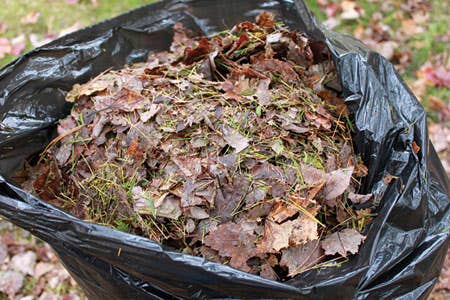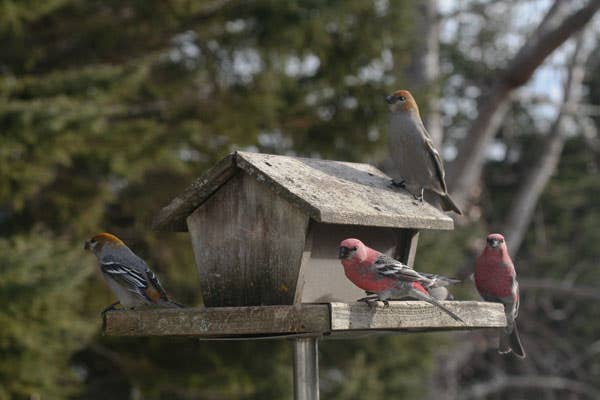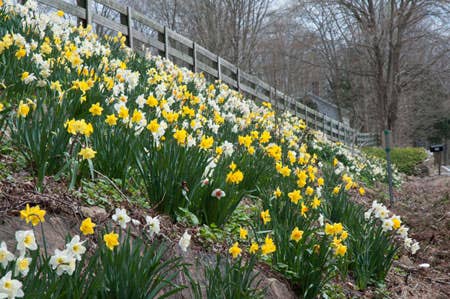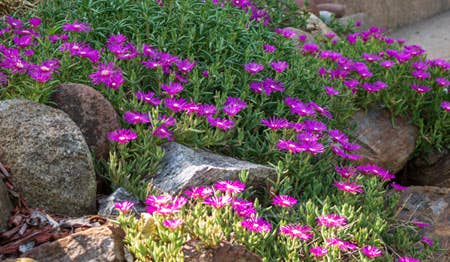Q&A: Replanting Tulips
I received a pot of blooming tulips for Easter. Can I plant the bulbs in my garden and expect them to bloom next year?
I received a pot of blooming tulips for Easter. Can I plant the bulbs in my garden and expect them to bloom next year?
Answer: Potted tulips can be very difficult to get to rebloom. They have usually been raised in a greenhouse and treated with fertilizers and hormones to get them to bloom on time for specific holidays and spring sales.
As the tulips continue to bloom, keep the pot in a cool area. Put the pot outside as soon as they’re done blooming (provided the temperature is above freezing). Remove the spent flowers first. Put the pot in a sunny spot and keep the bulbs watered. Keep in mind squirrels and chipmunks like to munch tulip leaves and bulbs, so you may want to choose a site with some protection.
Your goal is to keep the leaves healthy for as long as possible so they have plenty of time to restore the energy reserves to the bulbs and give them the strength to survive next winter and bloom in spring. Once the weather heats up, the leaves will die off. Then you can plant the bulbs in the ground, or wait and plant them in the fall. Plant only bulbs that are firm and odorless.
The tulips might not bloom next year, but they may the second or third year.
If you try this, make it for the sake of experimenting. Don’t base next year’s spring display around it.
Other types of bulbs have a better track record when transplanted from pots to the garden. These include daffodils, crocus and grape hyacinths. The treatment is the same as for tulips, but with a better chance of success.
__________________________________________________
Choose the right tulips, daffodils, hyacinths and many more bulbs for your garden, ensuring they'll return and bloom year after year, with Judy Glattstein's Bulbs for Garden Habitats.
Learn all about planting, caring for and designing with bulbs in Horticulture's Bulbs CD.







